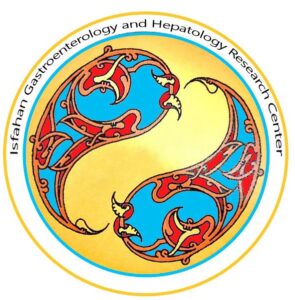| Original Article |
Question: What is the relation between diabetes medications and the risk of hepatocellular cancer (HCC)?
Design/Method: A retrospective cohort study was done based on the data of the national US Department of Veterans Affairs (VA) Corporate Data Warehouse (CDW) and VA Central Cancer Registry (CCR) between 2004 and 2008. Patients from the date of NAFLD diagnosis to HCC, death, or 12/31/2018 were followed. The landmark Cox proportional hazards models to determine the effects of anti-DM medications (metformin, insulin, sulfonylureas) and glycemic control (percent of follow-up time with hemoglobin A1c < 7%) on the risk of HCC for demographics and other metabolic traits (hypertension, obesity, dyslipidemia) were used
Setting: The United States
Patient/Study community: 18 to 80 years old patients with NAFLD and DM
Results: Among diabetes medications, metformin is associated with a significant reduction in the risk of HCC independently because of its chemo-preventive effects, especially among those who are at risk of advanced fibrosis. However, the use of combination therapies is associated with an increased risk of HCC. There are well-known associations between insulin resistance, progressive hyperglycemia, and cancer
Commentary:
| The findings of this study support the idea that metformin has a chemo-preventive effect in people with NAFLD and diabetes, particularly in those who are at a high risk of developing advanced fibrosis. Future research aiming to broaden the uses of metformin for chemoprevention in NAFLD will build on these data. These findings highlight the significance of keeping an eye on glycemic management in those with diabetes and NAFLD |
Citation: Jennifer R. Kramer, Yamini Natarajan, Jianliang Dai, and et all. Effect of diabetes medications and glycemic control on risk of hepatocellular cancer in patients with nonalcoholic fatty liver disease. Hepatology. 2022; 75(6): 1420–1428
DOI: 10.1002/hep.32244
Topics: Type 2 Diabetes, Non-Alcoholic Fatty Liver Disease, Hepatocellular Cancer


